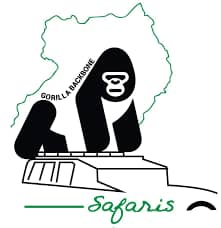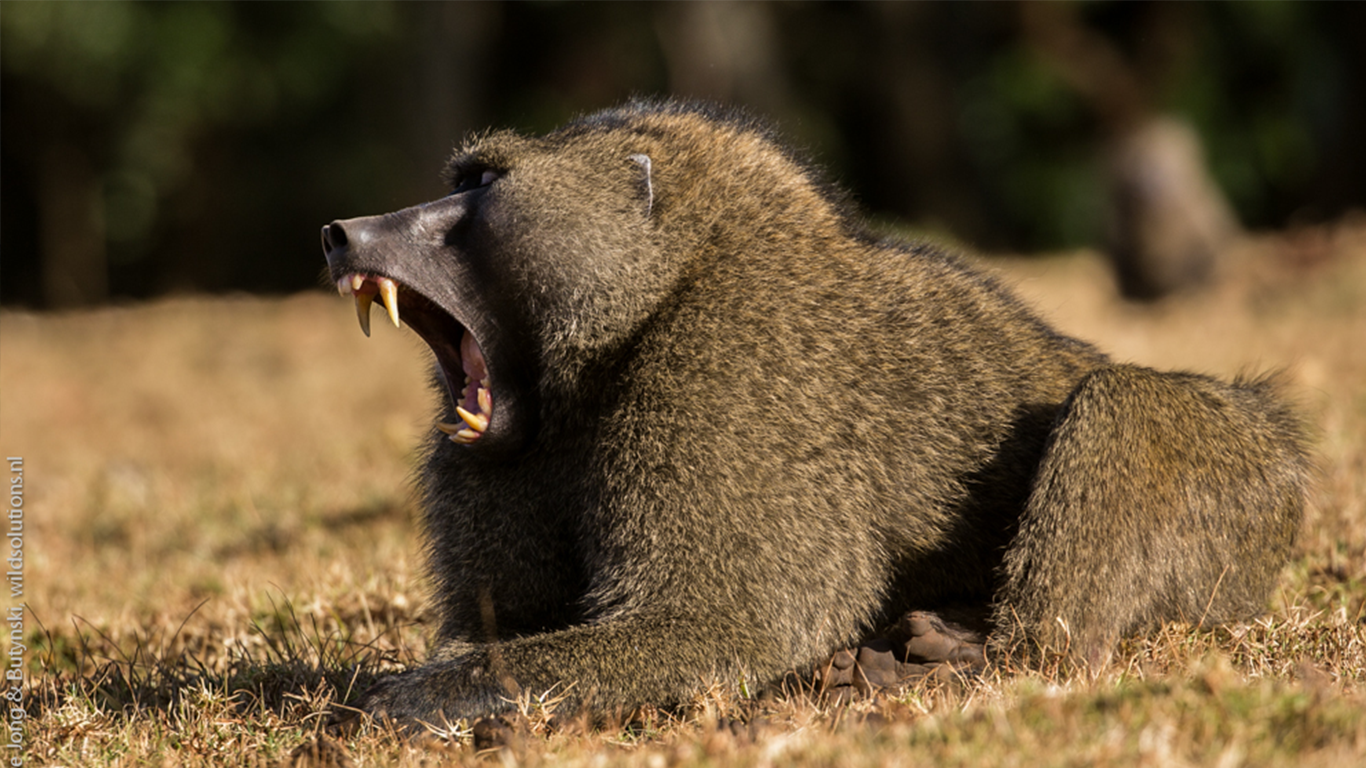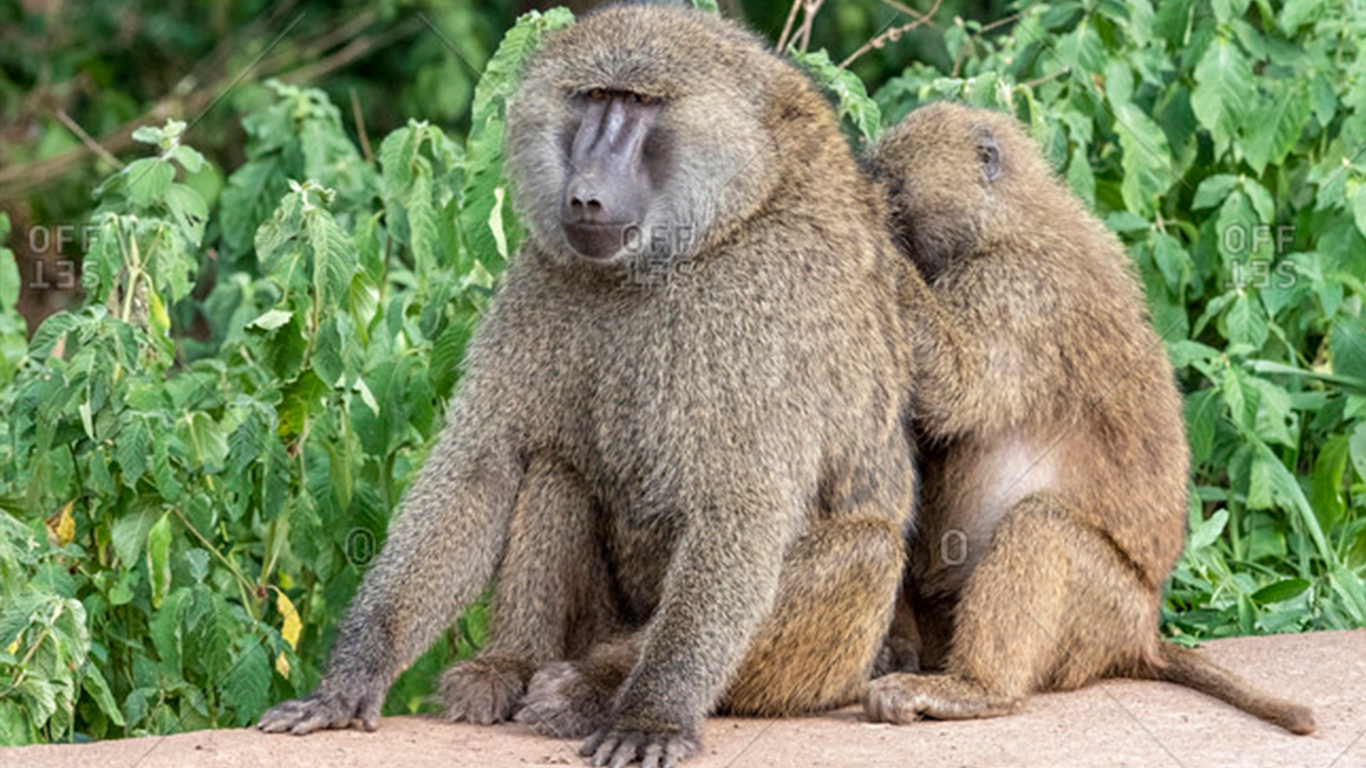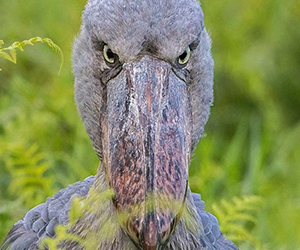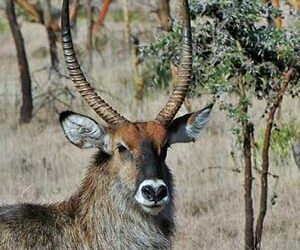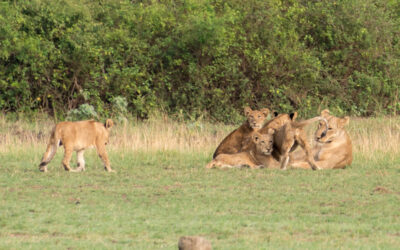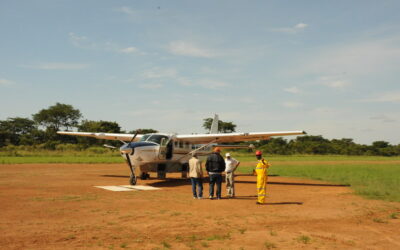Animal Name: Olive Baboon
Scientific Names: Papio anubis
Home »
Olive Baboon Introduction
Description of Olive Baboon
Obtain a personalized quote that suits your preferences and budget.
Do you have a question about an African safari?
Check the National Parks
Rwenzori Mountains National Park
The park was gazette in 1991 and was recognized as a World Heritage site in 1994 and a Ramsar site in 2008. Highest point: 5,109m above sea level on Mt Stanley’s Margherita Peak. The border with DR Congo bisects Mt. Stanley. The Rwenzori is not volcanic like East...
Semuliki National Park
c It is the only tract of true lowland tropical forest in East Africa, hosting 441 recorded bird species and 53 mammals. Large areas of this low-lying park may flood during the wet season, a brief reminder of the time when the entire valley lay at the bottom of a lake...
Mgahinga Gorilla National Park
Size: 33.7km2, making it Uganda’s smallest National Park. The park takes its name from “Gahinga” – the local word for the piles of volcanic stones cleared from farmland at the foot of the volcanoes. The British administration declared the area a game...
These animal can be found in these game reserves
kyambura Wildlife Reserve
kyambura Wildlife Reserve
